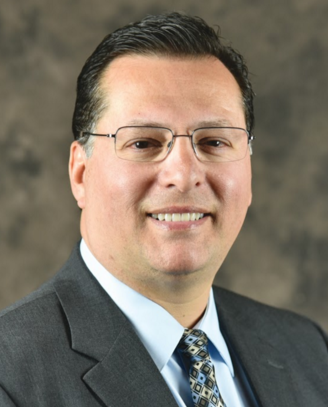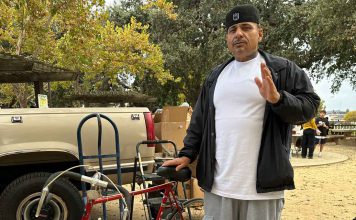Roland Velasco has been on the right side of campaign finance, economic development funding and sensible, balanced development; Woodward has been on the wrong end of all three.
This year’s mayoral race is about growth: how big Gilroy should grow and where the city’s growth should occur. The two candidates on the ballot have different voting histories that represent two different visions for Gilroy.
The appointed mayor of the past nine months, Perry Woodward, championed housing development that would convert farmlands, reduce open space, clog freeways and grow Gilroy into a large commuter city with as many as 130,000 residents. The plan he introduced to the council on Dec. 7, 2015 violated the law, ignored citizen input, got the city sued and ignited an urban growth boundary citizens movement.
Councilman Roland Velasco, who told the Dispatch in 2014 that he was “willing to stand alone and voice a minority opinion in order to uphold my beliefs,” did just that on Dec. 7 when he voted with the council minority to oppose expanding the city’s boundaries. It was a principled and courageous stance that showed caution and good judgment, qualities that citizens should look for in a leader.
Velasco also believes the city should grow, but his articulated philosophy favors infill development within the city limits over sprawl. He wants to see lands used to create high-wage jobs rather than overbuild housing and stretch city services to support job growth in cities to the north, as San Jose has done with unfortunate results for decades. Velasco advocates policies to kickstart a downtown renaissance over ones that would dilute those efforts.
Velasco is endorsed by environmentalists and quality-of-life advocates as well as business organizations, indicating that he enjoys a broad base. Woodward draws his support disproportionately from large developers, the construction trades and out-of-town politicians.
Woodward voted to cut off funding for the Gilroy Welcome Center, a move that was seen by some as political retaliation for the Chamber of Commerce’s opposition to a sales tax increase. Velasco showed wisdom in voting with the minority against that cutoff. Woodward subsequently reversed himself, flip-flopping just as he did on the 721-acre annexation when the extent of his miscalculation became clear.
Velasco has more small donors and has outraised his opponent, despite Woodward’s attempt to stack the deck. Woodward introduced the council motion to nearly quadruple campaign donation limits—from $200 to $750. It won a 4-3 council vote and also doubled the expenditure limit from $26,000 to $53,000, effectively reducing the participation and influence of average Gilroyans. Six months later, in the opening days of 2016’s first reporting period, Woodward rang in the new year with a bundle of $750 checks.
Gilroyans should reject these kinds of inside machinations and instead should favor an open process to plan the community’s future. Velasco has been on the right side of campaign finance, economic development funding and sensible, balanced development; Woodward has been on the wrong end of all three.
While both candidates have municipal experience, regional connections and deep local roots, Velasco has better judgment and a record of listening to citizens. He is the clear choice to protect Gilroy’s quality of life and promote sound economic development.
We recommend a vote for Roland Velasco.












